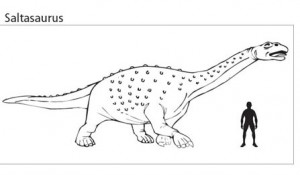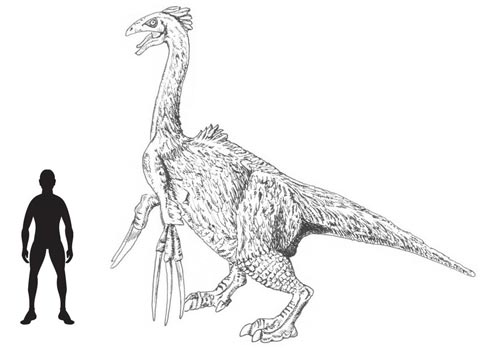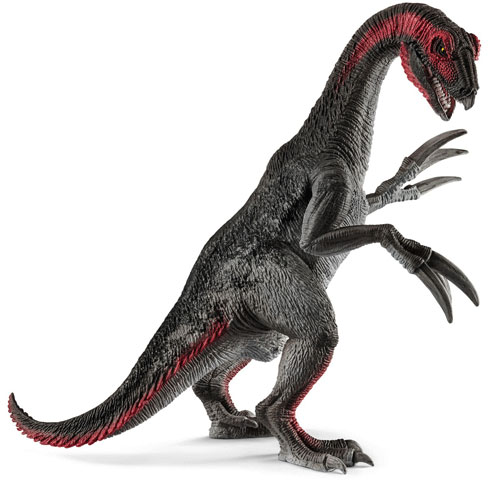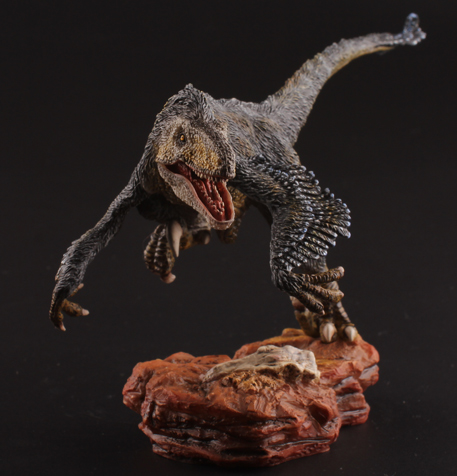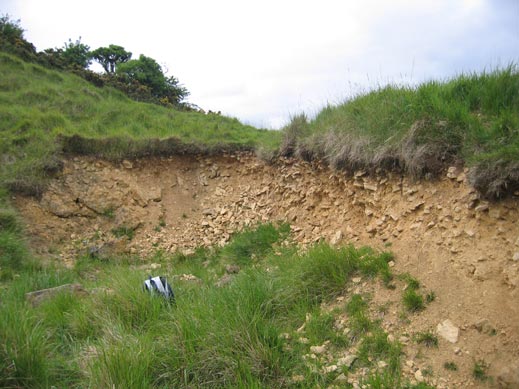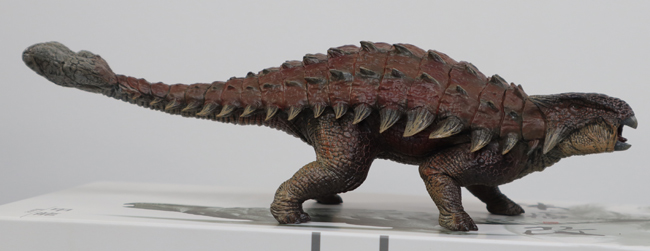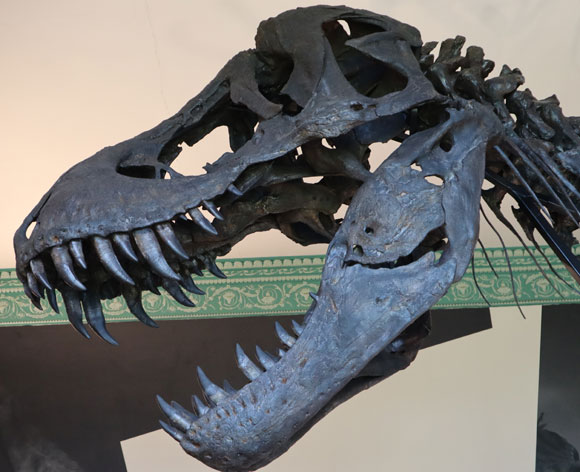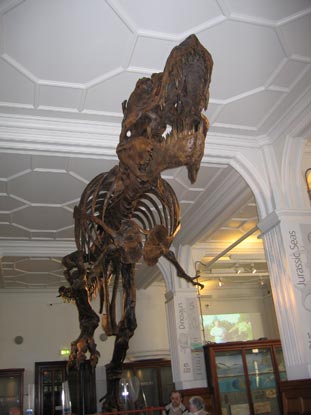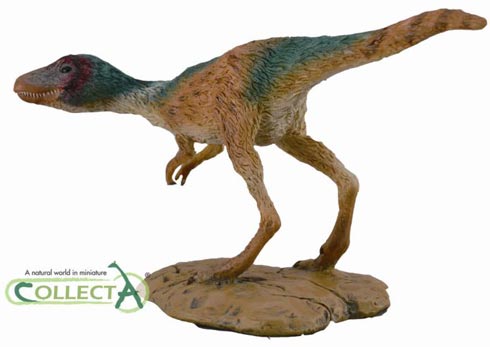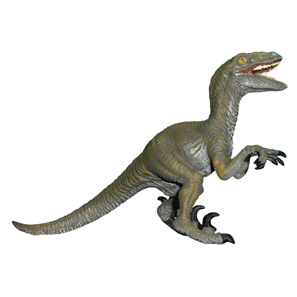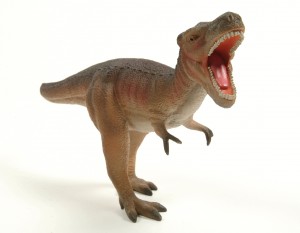Evidence of Dinosaurs on New Zealand’s South Island
Dinosaur Footprints found on New Zealand’s South Island
Fossil evidence of dinosaurs discovered in New Zealand. Dinosaur footprints have been discovered in New Zealand.
New Zealand a land of Maoris, great rugby, sheep and beautiful landscapes has some of the most ancient fern forests of anywhere in the world. Many people know that much of the Peter Jackson directed trilogy “The Lord of the Rings” was filmed in New Zealand, the mountains and lakes providing an ideal backdrop for orcs, hobbits, wizards and other such strange creatures. New Zealand provided a number of locations for the ground breaking BBC TV series “Walking with Dinosaurs”, but the dinosaur fossil record for that country is extremely poor.
Dinosaurs
Until recently, dinosaurs were known from only a few fragmentary fossils, all of which were associated with North Island. To read an article about the discovery of titanosaur fossils in New Zealand: Titanosaur Fossil Discovered in New Zealand.
Scientists have discovered the first evidence that dinosaurs roamed the South Island of New Zealand with 70-million-year-old footprints found in six locations. These are believed to be the first dinosaur footprints found in New Zealand. For scientist Greg Browne (a sedimentologist), who made the discoveries this marks a special day for him, as he has proved that dinosaurs roamed parts of South Island more than 70 million years ago. As we at Everything Dinosaur, recall, and despite the fact that we would be the first to admit that our knowledge of the geology of New Zealand is very poor. By the Late Cretaceous, the time these prints were made, New Zealand had been separated from Australia for many millions of years.
It was an island but it looked nothing like the New Zealand seen on maps today. Rising sea levels and volcanic activity has dramatically altered the shape of the country over the late Mesozoic and Cenozoic. Indeed, as far as we know, most of the country was under the sea for most of the time from the Late Cretaceous until the present day.
The prints, were found in the remote Whanganui Inlet in the northern part of South Island , near to the settlement of Nelson.
Dinosaur Footprints
Pictures show soft debris around a dinosaur footprint, which can be made out at the bottom right-hand side of the photograph, is being brushed away.
The prints are spread over an area of approximately 10 kilometres and in one location there are up to twenty individual impressions. It is believed the prints belong to a type of long-necked dinosaur a titanosaur. Titanosaurs were among some of the largest animals to ever live and are believed to be the largest animals ever to walk on land. Greg Browne and his team cannot be certain as to which type of dinosaur species or genus made the prints but the shape and size of the impressions does indicate a small titanosaur of some sort.
An Illustration of a Typical Titanosaur (Saltasaurus)
Picture credit: Everything Dinosaur
To view scale models of titanosaurs and other prehistoric animals, take a look at the Wild Safari Prehistoric World model series: Safari Ltd. Wild Safari Prehistoric World Models.
Aware of the controversial nature of his discovery, Greg carefully considered all possible geological and biological explanations for the features in the rock and was able to rule them out one by one, before coming to his conclusion. His investigations involved him comparing the New Zealand impressions with known dinosaur footprints in similar aged rocks from elsewhere in the world.
The footprints were made in beach sands and were probably quickly covered and preserved by mud from subsequent tides.
Greg went on to comment:
“What makes this discovery special is the unique preservation of the footprints in an environment where they could easily have been destroyed by waves, tides, or wind.”
As with much of New Zealand, north-west Nelson was largely submerged between 70 and 20 million years ago and the footprints would have been covered by hundreds of metres of marine sediments.
However, after the country was uplifted and north-west Nelson emerged from the sea, the overlying sedimentary rock has been eroded away over the past 20 million years to expose the footprints again, thus permitting this sedimentologist and his colleagues the chance to study footprints leading into New Zealand’s ancient past.
For models and replicas of titanosaurs visit the models section of the Everything Dinosaur website: Dinosaur and Prehistoric Animal Figures.


